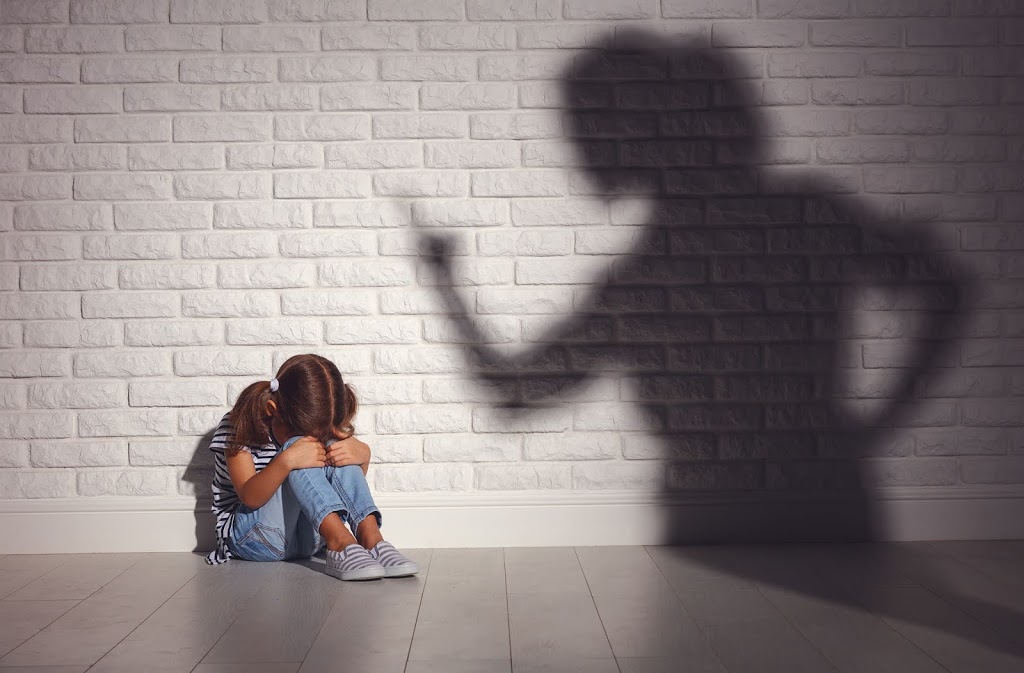Last spring, 2-year-old girl ran into a sliding glass door at daycare and sliced her forehead. The cut was deep, nearly reaching the skull. Her parents, brought her to me, their pediatrician, and her father held her arms as I stitched her up.
The day I removed the stitches, the child’s mother showed me a row of thin bruises on her daughters right buttock, explaining that her accident-prone toddler had fallen when climbing over a baby gate and landed on a heating grate. The bruising—3 straight, parallel lines about the length and width of matchsticks—appeared to match the explanation. Having no concerns about child abuse, I told the mother that the bruising pattern was normal and the marks would soon fade.
A few days later, the girl’s father was stunned to receive a call from Child Protective Services. His daughters’ daycare had reported that Sammy had concerning bruises on her arm and right buttock. On the phone with CPS, the father explained the incident with the baby gate, and also that he’d had to restrain his daughter as she got stitches.
Still, the process moved forward, and the case was assigned to Robin Duer, a CPS caseworker. The family found themselves plunged into a nightmare that is becoming all too common. The legal system—bolstered by the opinion of a “child abuse expert”—turned their lives upside down, despite the fact that the bruises were so inconsistent with the markings of adult hands that the police detective assigned to the case concluded it was almost impossible they were finger marks.
The family lives in Washington State, and gave me permission to share their story anonymously. But a recent investigation conducted by the Houston Chronicle and NBC News revealed an alarming trend—children are being taken from their parents based on disputed medical opinions from physicians trained to spot abuse. After speaking with more than 100 attorneys, doctors, and state employees, the investigation uncovered over 40 cases in Texas alone where families were torn apart after “child abuse physicians”—on contract with states’ child protective agencies to assist in borderline cases—overcalled child abuse.
As a result of the investigation, Texas lawmakers have called for stronger safeguards in the state’s child welfare system and to create an avenue for accused families to seek a second opinion before the state removes children from their homes. Washington State lawmakers should consider doing the same.
This is of course not to downplay the vital role that child abuse pediatricians play in protecting society’s most vulnerable members: Their expert reports and court testimony shield countless children from harm. However, definitively determining whether or not injuries resulted from abuse can prove extremely difficult, which means that even these experts are bound to make mistakes—erroneously implicating innocent parents, with terrible ramifications for the entire family.
Given the inherent trickiness of diagnosing abuse, specialized child abuse training programs have been established, which incorporate elements of forensics, law, and puzzle-solving. Since 2010, in order to be certified, child abuse specialists must complete three years of additional training, known as fellowship. Only half of the 375 child abuse pediatricians currently in practice nationwide are fellowship-trained. The rest have completed only a three-year pediatric residency in general pediatrics, as I did.
In this case, CPS called upon child abuse pediatrician Dr. Elizabeth Woods, a new director at the Child Abuse Intervention program at Mary Bridge Children’s Hospital in Tacoma. Although she told me on the phone she had “14 years of child abuse experience,” in actual fact, Dr. Woods resume tells a different story. She completed only a residency in general pediatrics in 2010 and has not completed a child abuse fellowship. And recently, NBC news reported on a family wrongly accused of medical child abuse by Dr. Woods. It took the Carter family 14 months to get their children returned by the courts.
After reviewing photos of the child’s bruises taken by Ms. Duer of CPS, Dr. Woods determined they were “consistent with a hand mark.” Dr. Woods ignored the fact that this child had been restrained for stitches, and also that the pattern of bruising could be consistent with lines on a baby gate or a heating grate.
Contrary to Dr. Woods, after reviewing the same photos, a police detective assigned to the case concluded that “the bruising appears to be very inconsistent, almost impossibleto be hand, finger, fingertip marks.” The officer added, “it is a little difficult for me to understand what the medical professionals are talking about.”
The CPS caseworker would ultimately disregard the opinion of the veteran police detective, as well as my own findings, as the pediatrician, instead favoring the objectively illogical conclusions of Dr. Woods. On the basis of a single piece of evidence, Dr. Wood’s opinion, Ms. Duer decided the allegations of abuse were “founded”—meaning the state believed it was more likely than not that the family had intentionally inflicted harm on their 2-year-old.
The battle to keep their child cost this family more than $10,000 in legal fees. Unfortunately, when compared with stories like the Walkers, who were sentenced to 25 years in prison when wrongly convicted of intentionally burning their granddaughters feet in the bathtub, the cost to my patient’s family means they emerged relatively unscathed. Both involved overzealous child abuse pediatricians who made mistakes. Those with fewer financial resources have had their children mistakenly torn from their homes while battling against an agency that considers parents guilty until proven innocent.
What other choice do good parents have? Seemingly none. What happened to this family could happen to any of us.
Washington State lawmakers should implement stronger safeguards to protect families when Child Protective Services defer to contracted “child abuse experts” whose opinions are in dispute by primary care physicians. Keeping families intact should always be a top priority.
*Details and identifying information has been altered to protect identity
